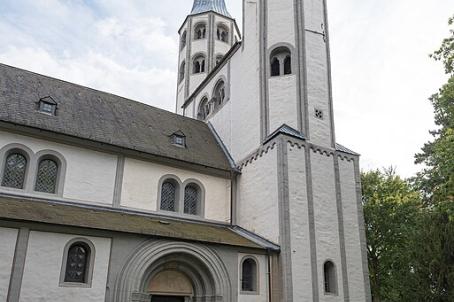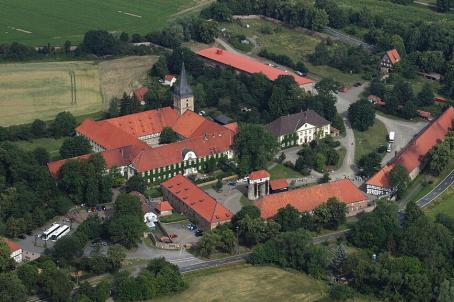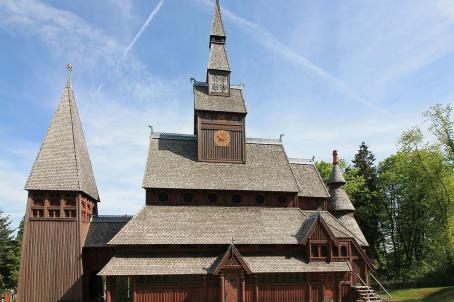Kloster Grauhof
The monastery is a former Augustinian Monastery, known for its Baroque was begun in 1701. Its collegiate church of St George was built between 1711 and 1714.
About this building
The Augustinians settled in the 17th century and converted the existing buildings in the canonry of Grauhof. Until then, the monks had occupied the monastery in Goslar, but it was destroyed in the riots of 1527. In the following years, the religious order expanded the monastic complex.
The collegiate church of St. George was built between 1711 and 1714 and is one of the most important Baroque religious buildings in the Harz Mountains. Of particular importance is the pipe organ, built between 1734 and 1737 by Christoph Treutmann the Elder, a famous master organ builder of the Baroque period. In fact, it is one of the few works by Treutmann that has been preserved almost entirely in its original form. Of its 42 registers, 35 are Treutmann originals. The instrument attracts organists from all over the world due to its special sound quality. Its beauty and size also make it a prominent feature of the church's contents.
Following secularisation in 1803, the monastery and its grounds became part of the General Hanover Monastery Fund. Today, the monastery estate is managed by the Görg family, its most recent tenant. The church still serves as a Catholic parish church.






